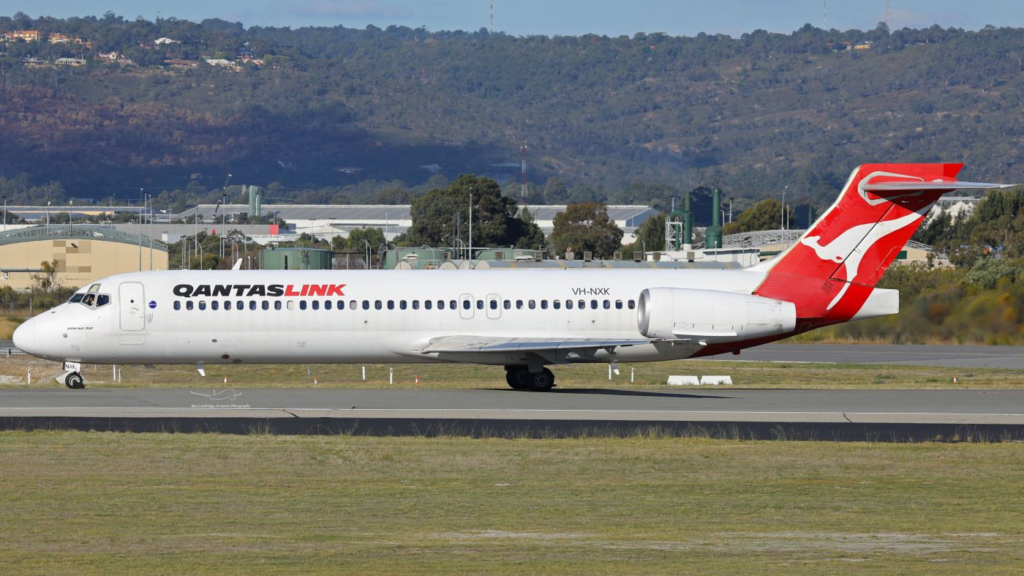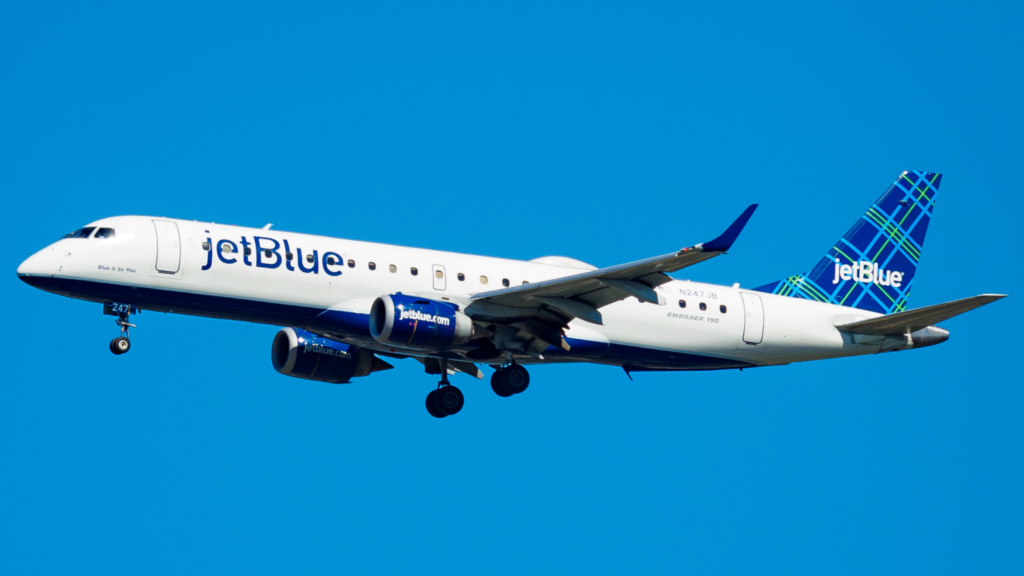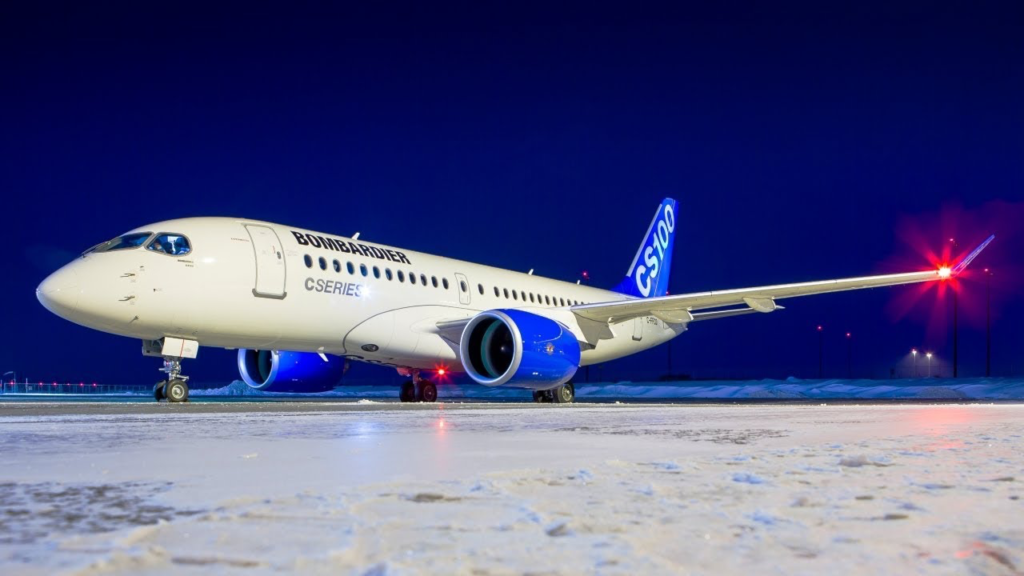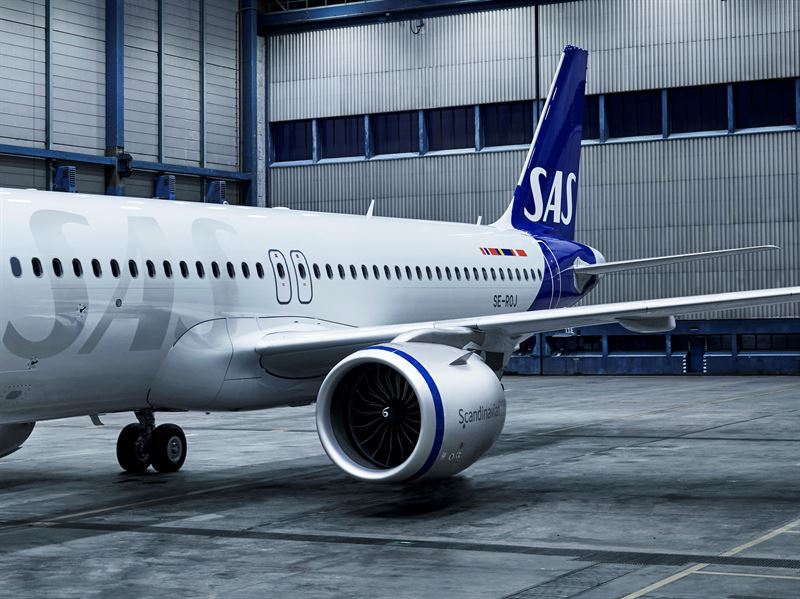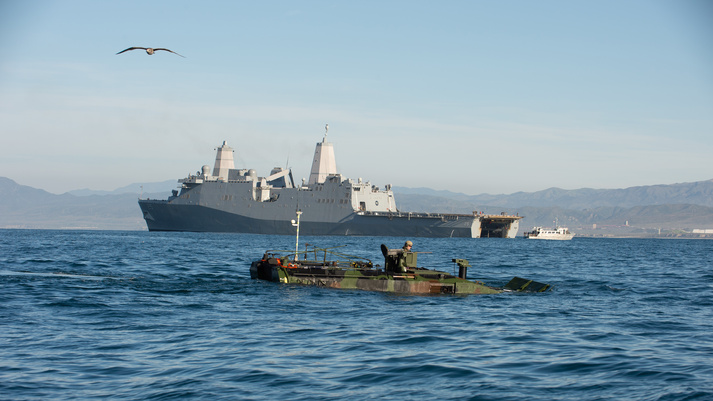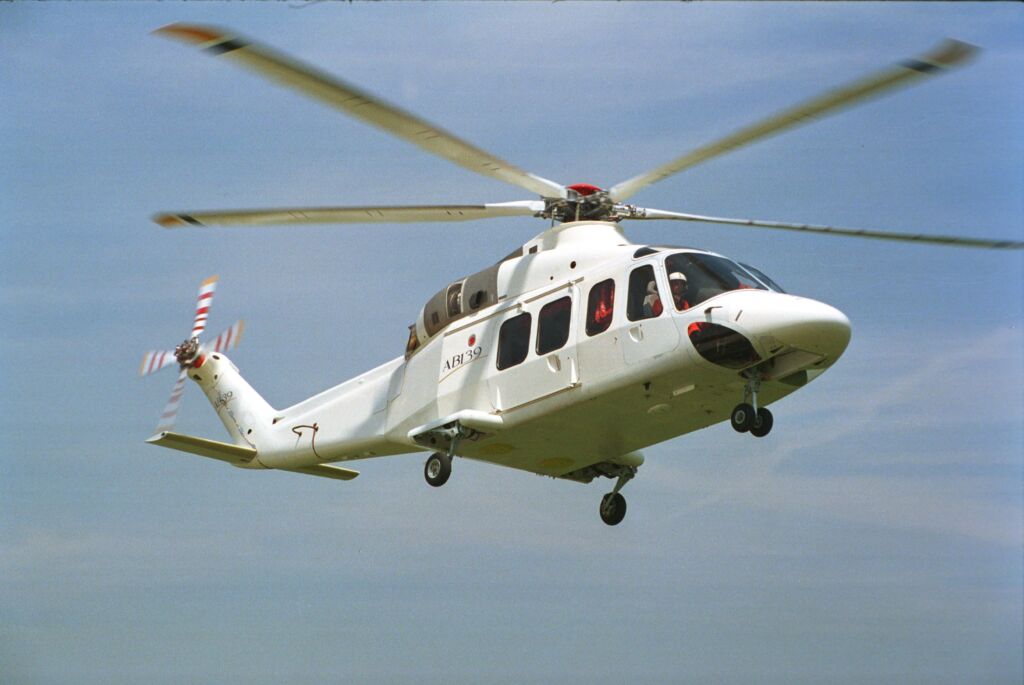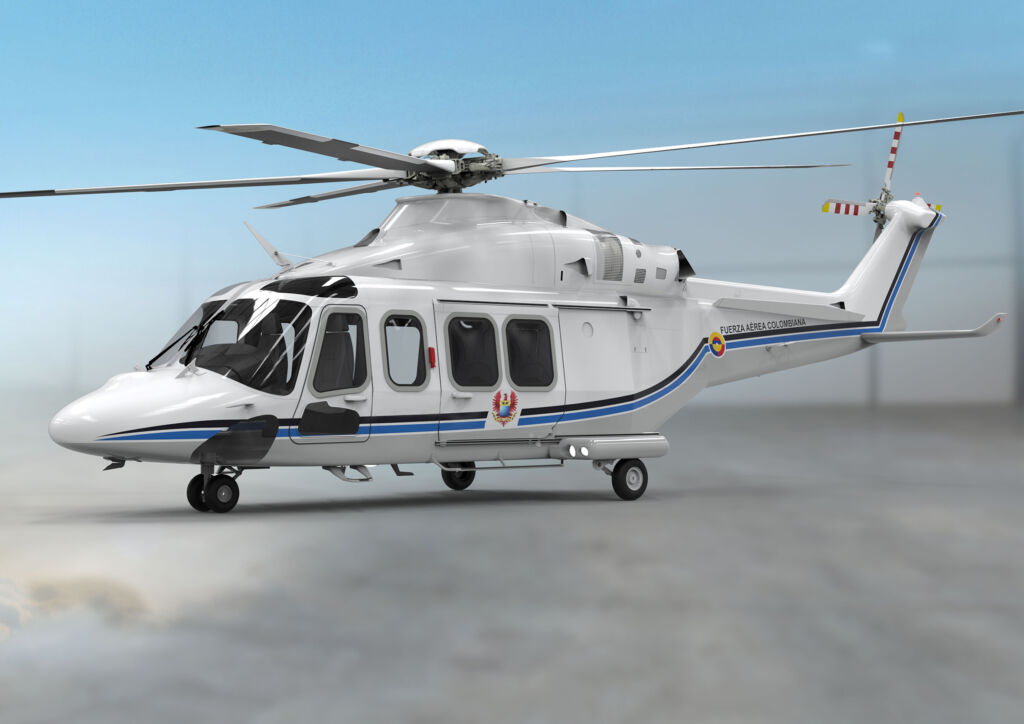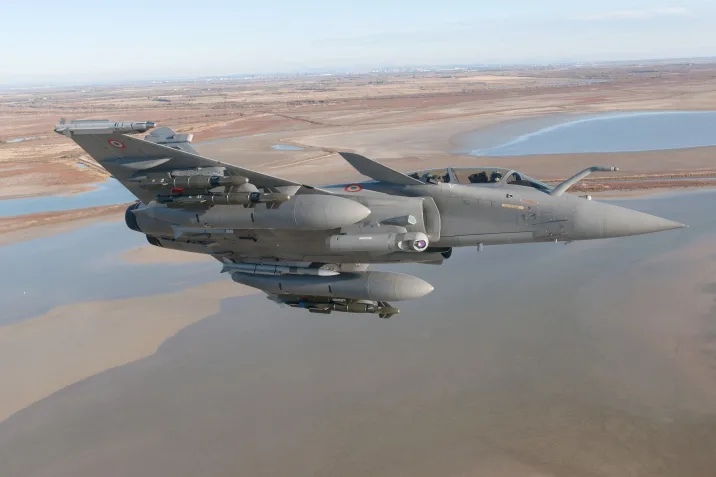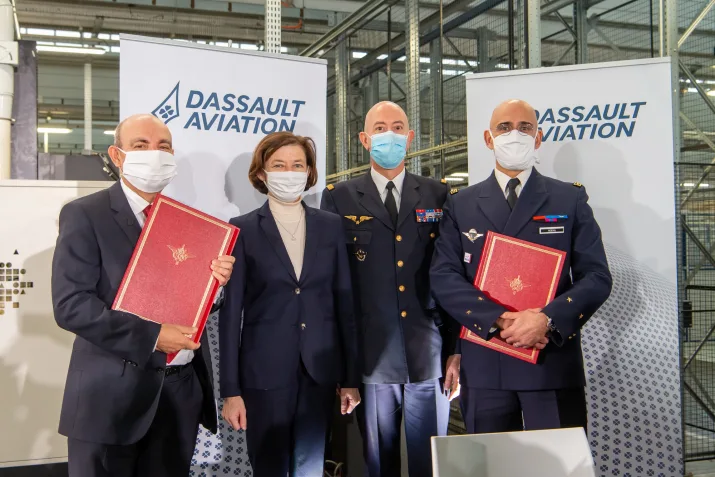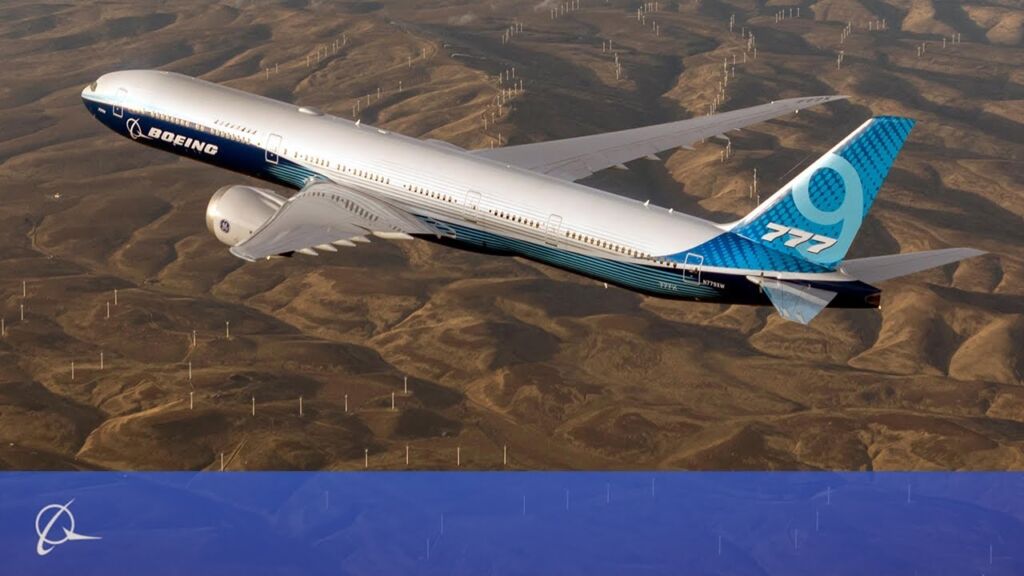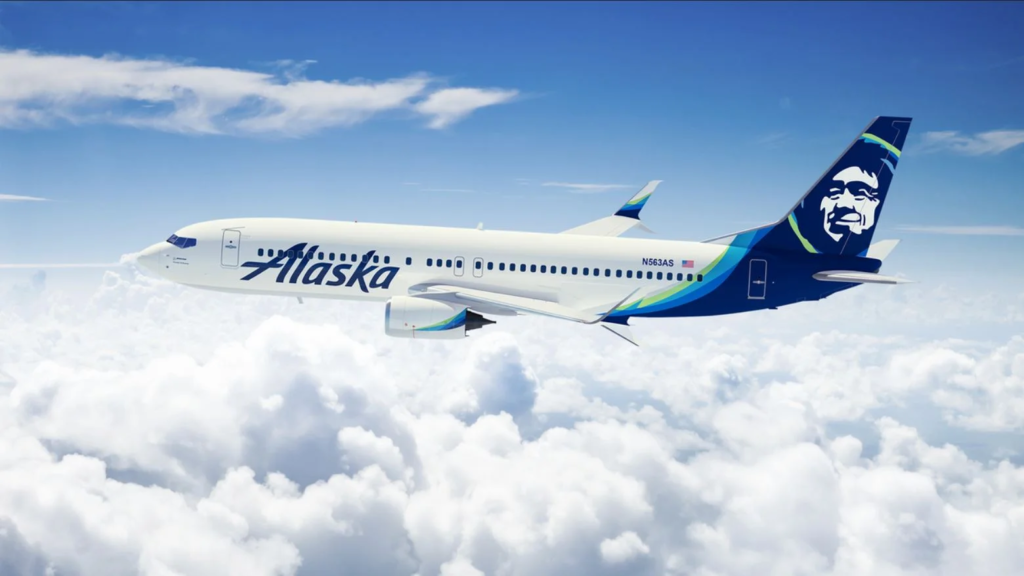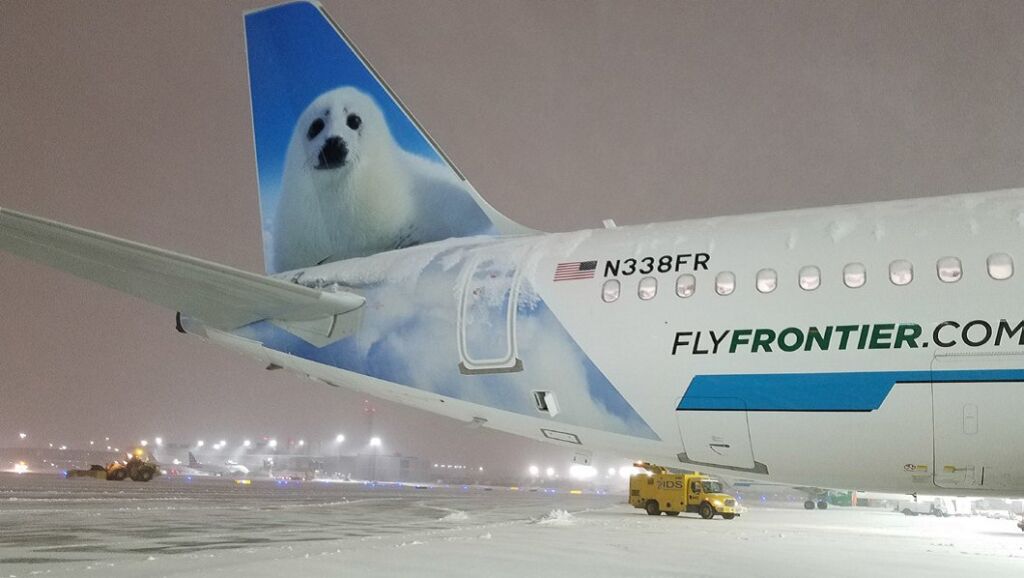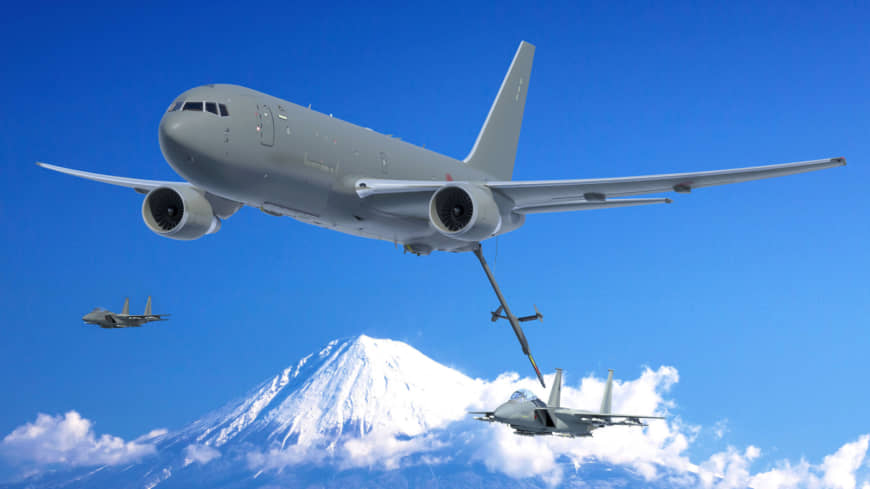- Three new routes to Coffs Harbour and Byron Bay (Ballina)
- Additional seats to Coffs Harbour from Sydney for April school holidays
- Sale fares on new routes from $129 one-way
Qantas has today announced it will add three new routes and extra seats to the New South Wales north coast to support growing demand for holidays in Australia. From 1 April 2021, Qantas will launch three new routes to both Coffs Harbour and Byron Bay (Ballina).
- Melbourne to Coffs Harbour – flights will operate daily with Qantas’ Boeing 717 aircraft, adding more than 1,750 seats on the route each week.
- Brisbane to Coffs Harbour – flights will operate four days per week with the turboprop Q400 aircraft, adding around 600 seats on the route each week.
- Canberra to Byron Bay – Qantas’ first ever direct service connecting the two destinations, offering two flights per week with the turboprop Q400 aircraft. Flights will initially operate in April and Qantas will look to continue the service from July in line with demand.
More seats will also be added between Sydney and Coffs Harbour with the introduction of Qantas’ larger two-class B717 aircraft during the April school holidays, operating alongside the Q400 which also operate on the route. This will see Qantas offer around 500 extra seats on the route each week (a total of 4,300 seats), and the option to travel in Business.
QantasLink CEO John Gissing said these new routes would provide Australians with more options to plan their next holiday in their own backyard.
“The beautiful coastal hubs of Byron Bay and Coffs Harbour continue to be incredibly popular with travellers, so it makes sense to provide direct connections from other capital cities to make them even more accessible.
“Travellers from Canberra can spend more time on the beach and less time on their journey with our direct service to Byron Bay.
“We’ll be promoting these new flights to millions of our frequent flyers across the country and think they’ll enjoy the benefits of our premium service, including complimentary food and drinks, baggage and lounge access before they fly out.
Qantas is offering special fares for flights on the new routes from $129 one-way for periods of travel between April and October, available at qantas.com or through Travel Agents, until 11:59pm 21 February 2021, unless sold out prior.
Qantas currently operates up to 20 return flights per week between Sydney and Ballina Byron Bay and 28 weekly return flights between Sydney and Coffs Harbour.
The announcement follows a suite of customer initiatives unveiled last week, including a boost to flexibility allowing unlimited flight changes until at least January 2022.
In the wake of the COVID-19 pandemic, Qantas has introduced a number of initiatives improve safety and peace-of-mind when travelling domestically through its Fly Well program, including masks on board, hand sanitising stations and enhanced aircraft cleaning.

